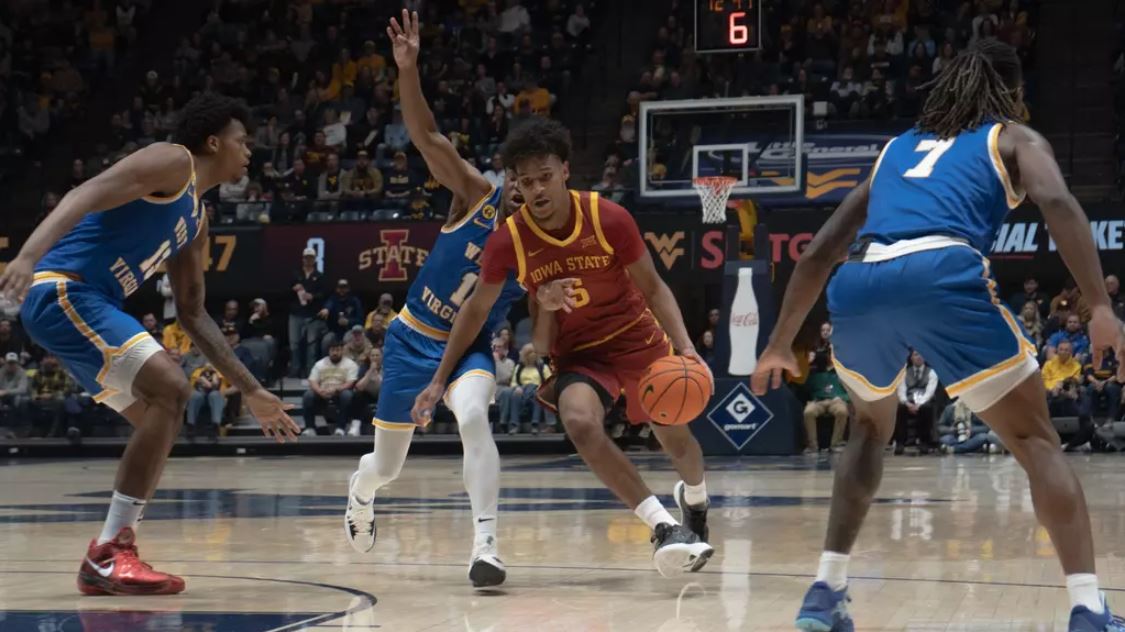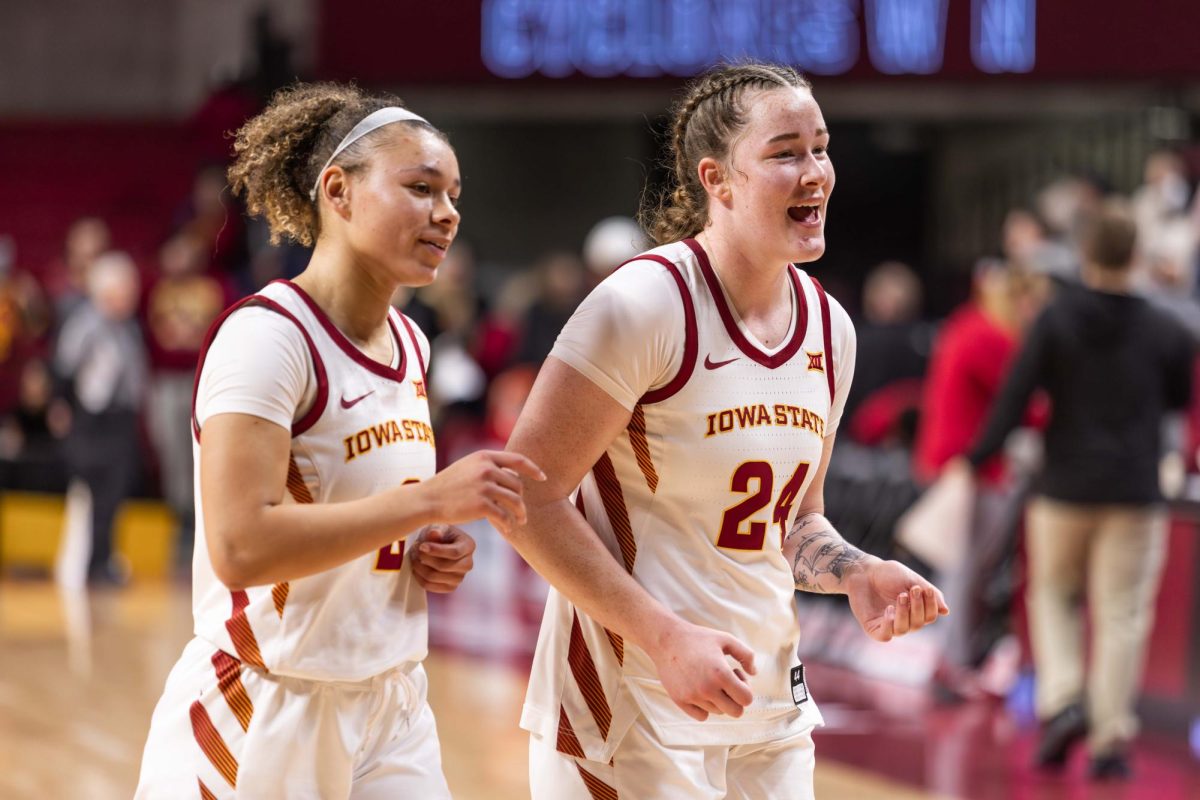One plate is too much
March 31, 2004
Many dietitians say the best “diet” is eating healthy and exercising. But you exercise and you’ve changed your eating habits, so why aren’t the pounds coming off?
One mistake many American dieters make is forgetting to consider one very important factor in healthy eating: serving sizes.
“In this society, bigger is always better; many people end up overeating,” said Nicole Arnold, assistant manager at the Maple-Willow-Larch Dining Center.
“A lot of people are paying more attention to what they are eating rather than the amounts of food they’re eating.”
Mary Ellen Metzger, manager of Maple-Willow-Larch Dining Center, said people don’t always realize what they put on their plate may be more than a serving size.
For example, one serving of pancakes is one pancake, but the dining center serves two. A serving size of cereal is about one ounce or one cup, but the cereal bowls in the dining center hold twice that amount.
“I would say four out of six students I see coming through the lines take two entrees or come back for more,” Arnold said.
Erica Beirman, manager of Oak-Elm Dining Center, said the dining centers put two slices of pizza on a plate, although one slice is a serving size.
“I see many people taking two plates of pizza, actually getting four portions,” Beirman said.
Metzger said it is hard to satisfy the students and maintain healthy serving sizes.
“We don’t want to say no to a customer, but at the same time, most students don’t realize how much fat and calories are in one serving, or five chicken nuggets,” she said.
ISU Dining Services uses the food guide pyramid as a base for serving sizes, but sometimes other factors can influence serving size decision, Metzger said.
For example, the U.S. Department of Agriculture food guide pyramid classifies one serving of meat as three ounces. In the dining centers, a four-ounce chicken breast is served because it looks like something on the bun, is more cost-efficient than six ounces, and its size can serve a wider range of people, Metzger said.
It is enough for many students, but small for students who want more to come back for seconds.
Metzger said with the type of service the dining centers offer, students must be their own monitors of portions, which can sometimes be hard to do.
“I think when kids first come [to college], they are definitely eating more than what they normally would because they are faced with so much variety. They learn after a couple of months what they can and cannot eat,” she said.
“Today’s college students certainly have information — they’ve probably had some sort of nutrition education in high school or middle school that has given them some information about what they should eat.”
Metzger said many students may want to blame the “greasy dining center food” or restaurants for gaining weight.
“If you would go to a restaurant and order pasta, it would be four to six times the standard serving,” Arnold said. “Restaurants want customers to view value, and nutrition falls by the wayside. But if restaurants actually served recommended serving sizes, people would look at it like, ‘that’s it?'”
Arnold recommends asking for a to-go box right away and splitting the meal in half in order to get a more accurate serving size.
Metzger said being aware of portions helps to control them and recommends not eliminating any one food category.
“Go ahead and eat the types of things you like, just try to eat half the portion,” she said.
“Also, really look at food labels. Often people will look at the back of a TV dinner and think it’s not too many calories, but they do not realize that the nutritional facts are calculated for two servings.”






